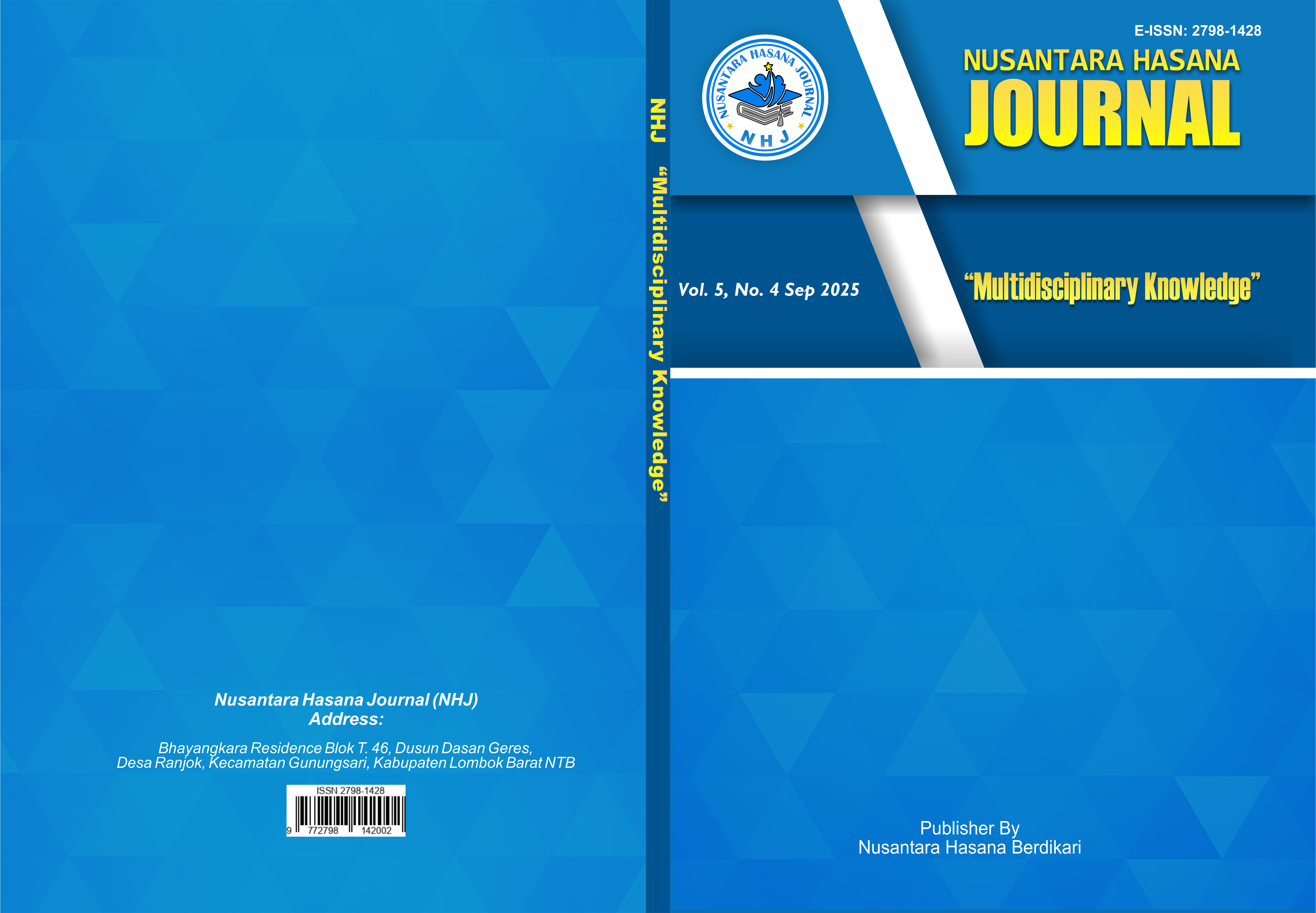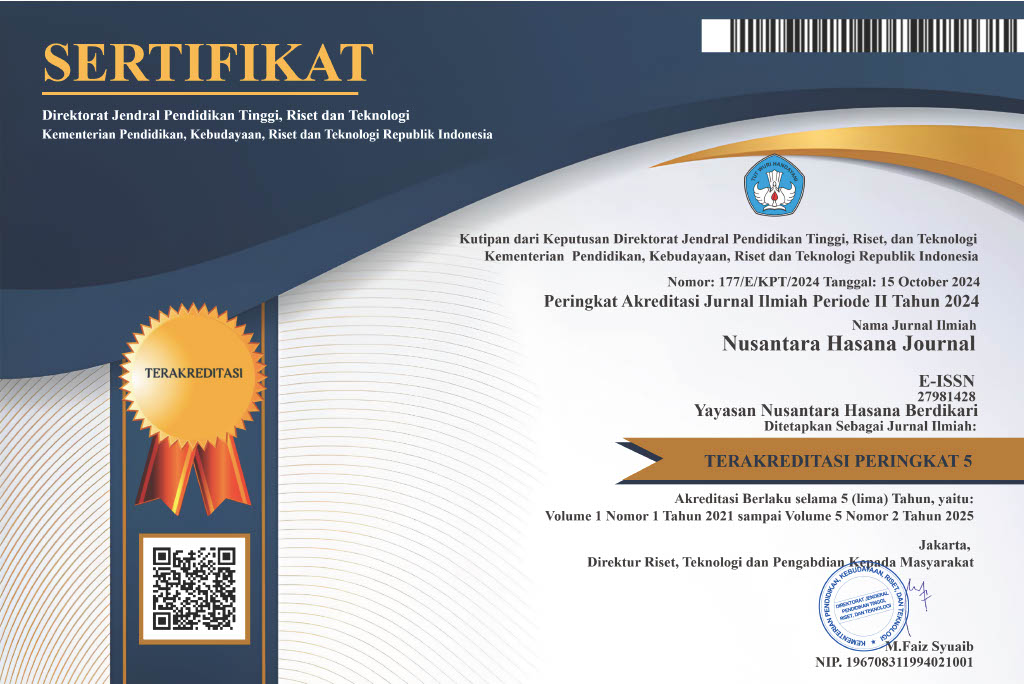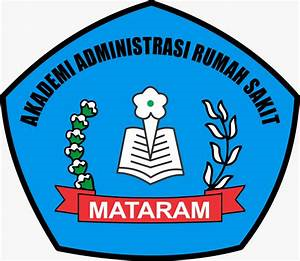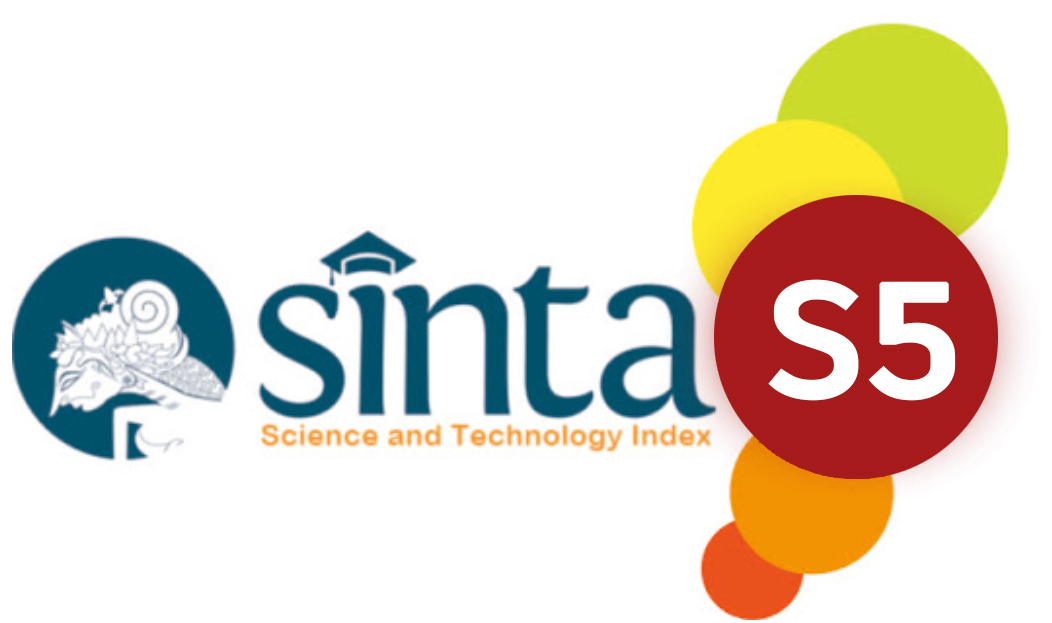PENGGUNAAN KITAB “KALIMAT AL AF’AL AL YAUMIYAH” DALAM PEMBELAJARAN KOSAKATA BAHASA ARAB
DOI:
https://doi.org/10.59003/nhj.v5i4.1693Keywords:
Arabic Language Learning, Vocabulary, Kalimat Al-Af’al Al-YaumiyahAbstract
This study aims to examine the effectiveness of using the Kalimat Al-Af’al Al-Yaumiyah book in teaching Arabic vocabulary and to identify the challenges encountered during its implementation. The book, authored by Abuya Al-Habib Hasan bin Ahmad Baharun, contains 540 vocabulary items focused on daily action verbs, systematically arranged in past tense (fi'il madhi), present tense (fi'il mudhari’), and infinitive (masdar) forms, and equipped with contextual usage examples. This research employs a qualitative approach with a descriptive-analytical method. Data were collected through direct classroom observation and documentation of learning activities. The results show that the use of the Kalimat Al-Af’al Al-Yaumiyah book is effective in improving students' vocabulary mastery due to its contextual, easy-to-memorize, and practically applicable content. The learning process is conducted in three stages: the initial stage (introduction and material review), the core stage (pronunciation practice, writing, meaning comprehension, and sentence construction), and the final stage (evaluation and memorization tasks). However, several obstacles were identified, both internal (lack of motivation, laziness, psychological factors) and external (learning environment, monotonous methods, limited facilities). The researcher proposes solutions such as engaging teaching methods, interactive learning strategies, special attention to less active students, and providing motivation and rewards to enhance learning enthusiasm. In conclusion, the Kalimat Al-Af’al Al-Yaumiyah book is considered an effective and practical medium for teaching Arabic vocabulary and can be widely implemented in various educational institutions with the support of appropriate teaching methods and strategies.
Downloads
References
BaiqTuhfatul Unsi. “MEDIA GAMBAR DALAM PEMBELAJARAN KOSAKATA BAHASA ARAB Oleh : Baiq Tuhfatul Unsi 1 *.” 2(1): 26–44.
M. Ilham Muchtar. 2018. “PENINGKATAN PENGUASAAN MUFRADAT MELALUI PENGAJIAN KITAB PADA MAHASISWA MA’HAD AL-BIRR UNISMUH MAKASSAR.” Al-Maraji’ : Jurnal Pendidikan Bahasa Arab 2(2): 14–26. https://journal.unismuh.ac.id/index.php/al-maraji/article/view/1978.
M. Rofi’i, Samsul Arifin. 2023. “Istikhdam Kitab Kalimat Al-Af’al Al-Yaumiyah Fi Ta’lim Maharah Al-Kalam Ladayya Thullab Al-Shaff Al-Tsani (Dirasah Halah Fi Madrasah Miftahul Ulum Al-‘Aliyah Banyuates Sampang).” 2(1): 136–54..
Nengrum. 2020. “Efektivitas Media Pembelajaran Dalam Penguasaan Kosa Kata Bahasa Arab.” ‘A Jamiy Jurnal Bahasa dan Sastra Arab 9(1): 1–15.
Ni’mah, Khoirotun. 2017. “Korelasi Penggunaan Kosa Kata Bahasa Arab Dengan Kemampuan Berpidato Bahasa Arab Mahasiswa PBA UNSIDA Lamongan.” DAR EL-ILMI : Jurnal Studi Keagamaan, Pendidikan dan Humaniora 4(1): 274–82.
Waruwu, Marinu. 2022. “Pendekatan Penelitian Pendidikan: Metode Penelitian Kualitatif, Metode Penelitian Kuantitatif Dan Metode Penelitian Kombinasi (Mixed Method).” Jurnal Pendidikan Tambusa 9(2): 99–113. doi:10.36706/jbti.v9i2.18333.
Zuhdy, Halimi. 2017. “Teknik Pengajaran Kosa Kata Bahasa Arab.” Afshaha 1(4): 1–21. http://a-research.upi.edu/operator/upload/t_pd_0908073_chapter3.pdf.
Downloads
Published
How to Cite
Issue
Section
License
Copyright (c) 2025 Mohamad Shabirin Shaddiq

This work is licensed under a Creative Commons Attribution-NonCommercial-ShareAlike 4.0 International License.
NHJ is licensed under a Creative Commons Attribution-NonCommercial-ShareAlike 4.0 International License.
Articles in this journal are Open Access articles published under the Creative Commons CC BY-NC-SA License This license permits use, distribution and reproduction in any medium for non-commercial purposes only, provided the original work and source is properly cited.
Any derivative of the original must be distributed under the same license as the original.
























